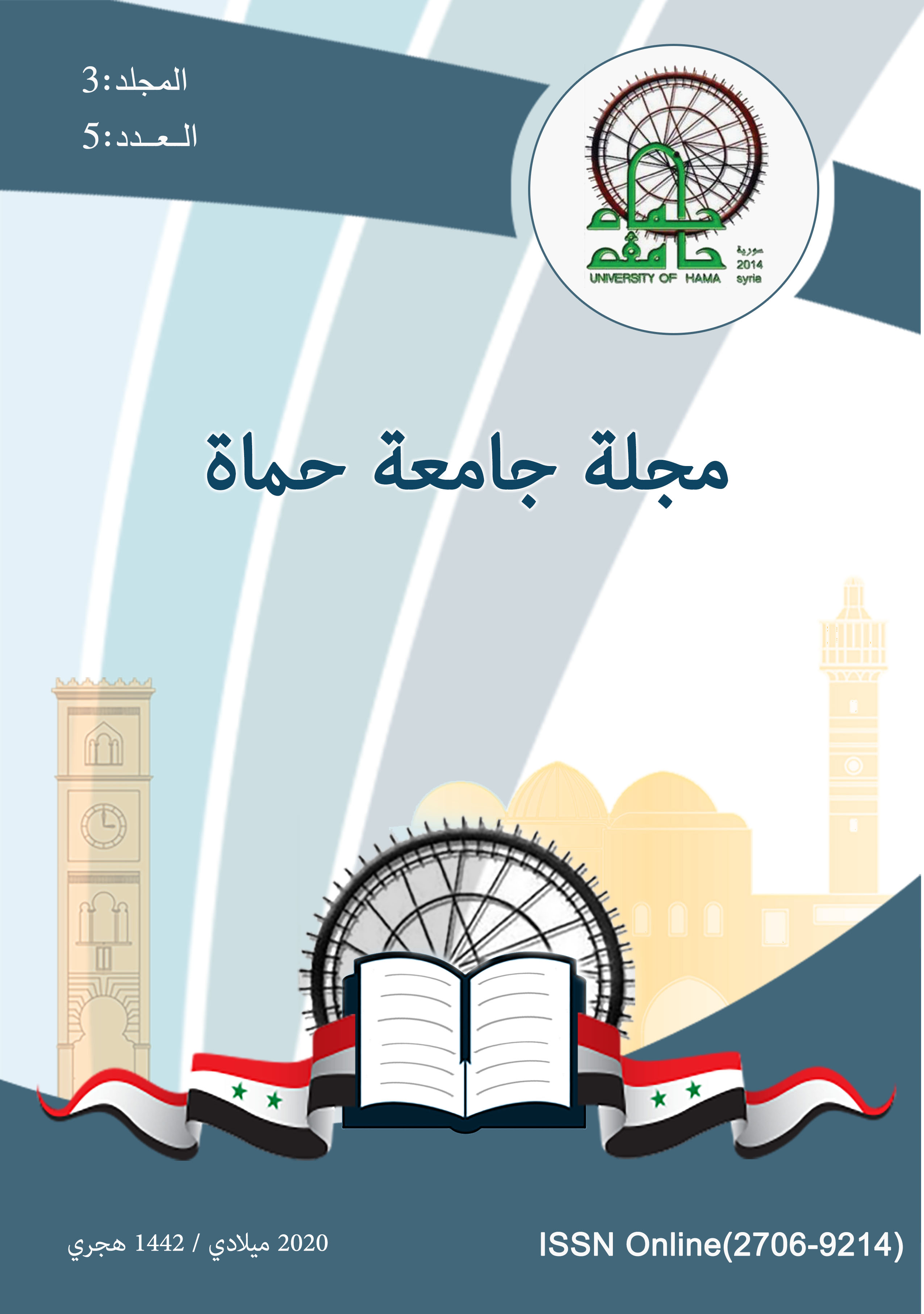Comparison of morphological traits, productivity and chemical composition of some wild Syrian oyster mushroom strains Pleurotus ostreatus (Jacq. ex Fr.) Kummer
الملخص
This research was carried out to determine some morphological traits, productivity and chemical composition of six Syrian wild strains of oyster mushroom (Pleurotus ostreatus (Jacq. ex Fr.) Kummer) (S1, S3, S5, S7, S9 and S17) compared to the control, a commercial strain M2175(P.O). These strains were collected from south-west Hama area and isolated on PDA, spawn of these strains was prepared on wheat grains, and then cultured on wheat hay substrate. After harvesting, the mean weight of the fruit body, diameter of cap and diameter and length of the stalk were measured. Number and weight of clusters, productivity and biological efficiency were calculated. Fruit bodies were dried and ground into powder to determine the chemical composition(percentage of moisture, dry matter and total soluble solids were measured on the bases of fresh weight. The ratio of protein, crude fiber, ash, fat and the total carbohydrates were evaluated on the bases of the dry matter. According to diameter cap and fruit body weight, strain S7 was superior strain (10.74cm and 54.36g respectively). The highest content of protein was in strain S17 (33.36%).The highest BE (99.9%) and productivity (292.96g/kg) were for S5, there were no significant differences in BE between other strains and the control. Hence, all strains are good in their BE and chemical composition. Subsequently, it is good to use these strains in commercial productivities of oyster mushroom in Syria as local strain with or instead of high price commercial strains.


